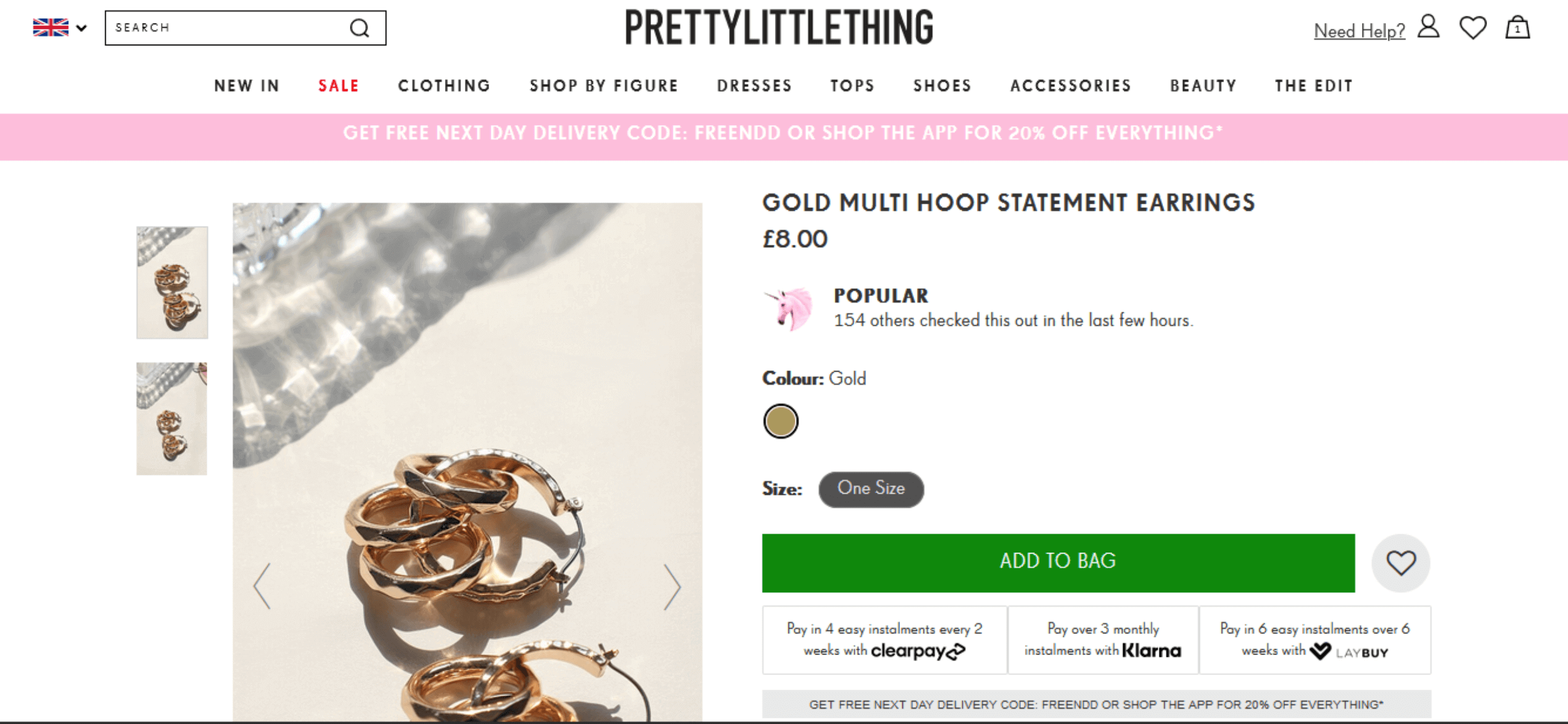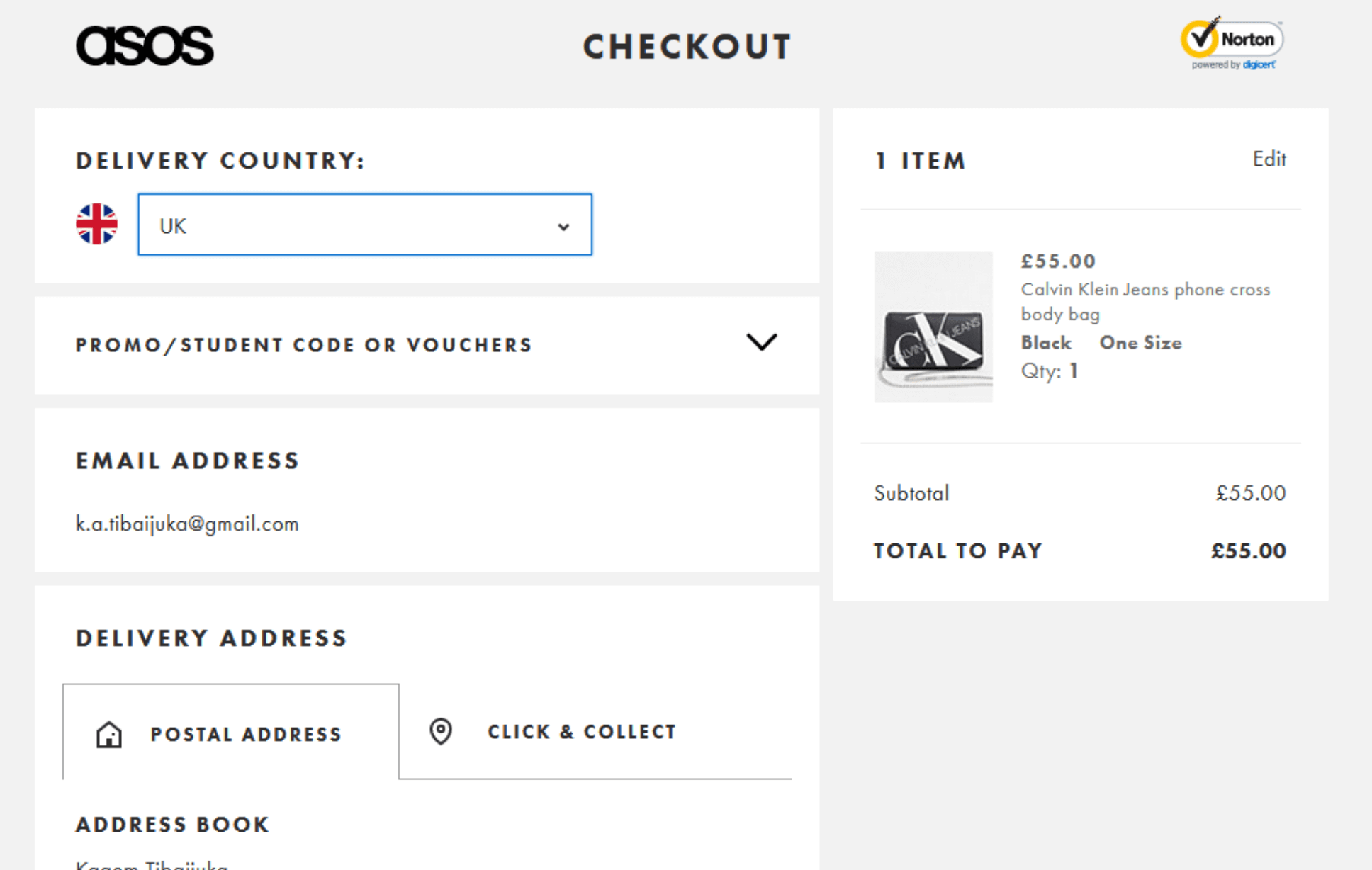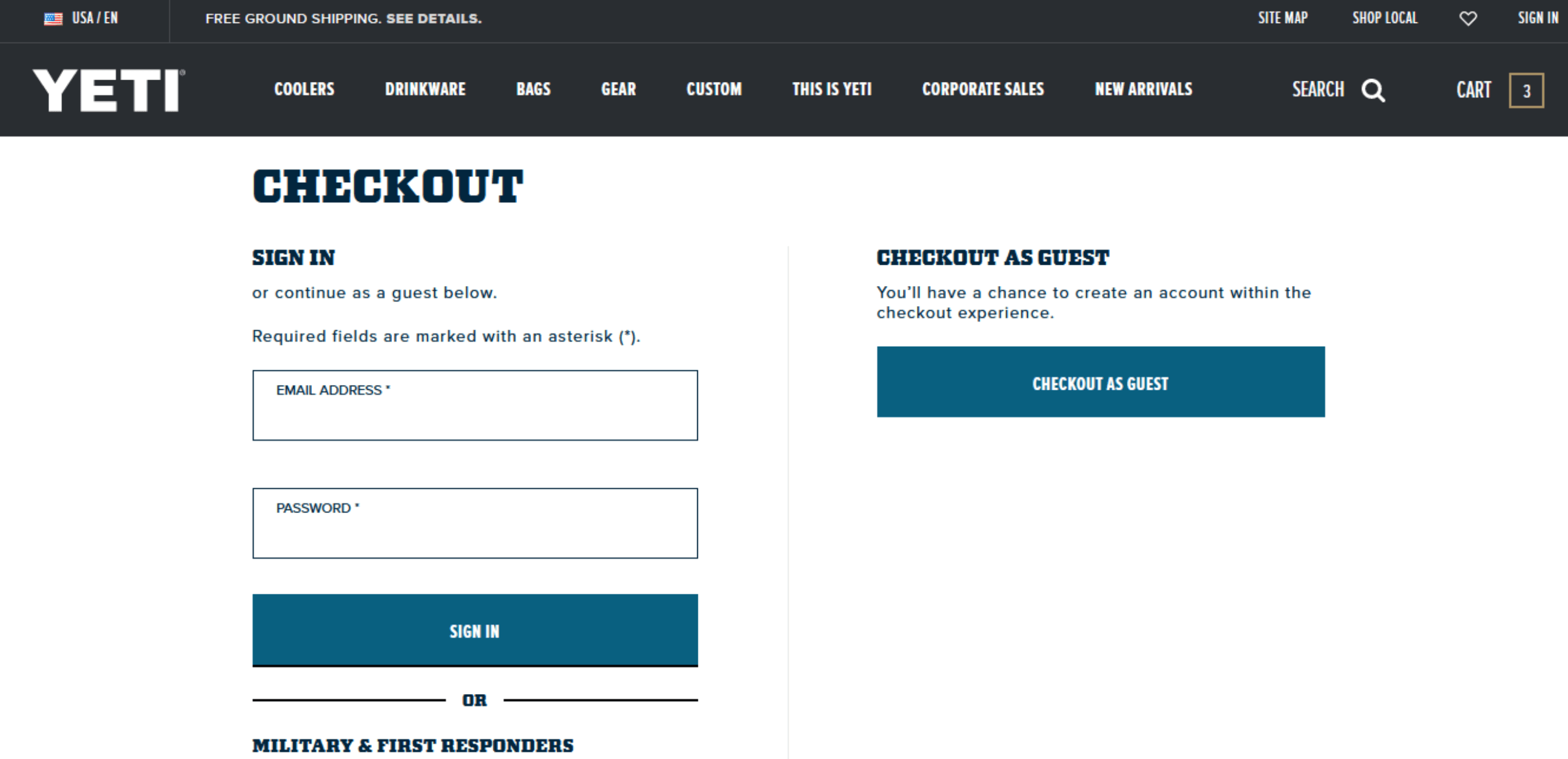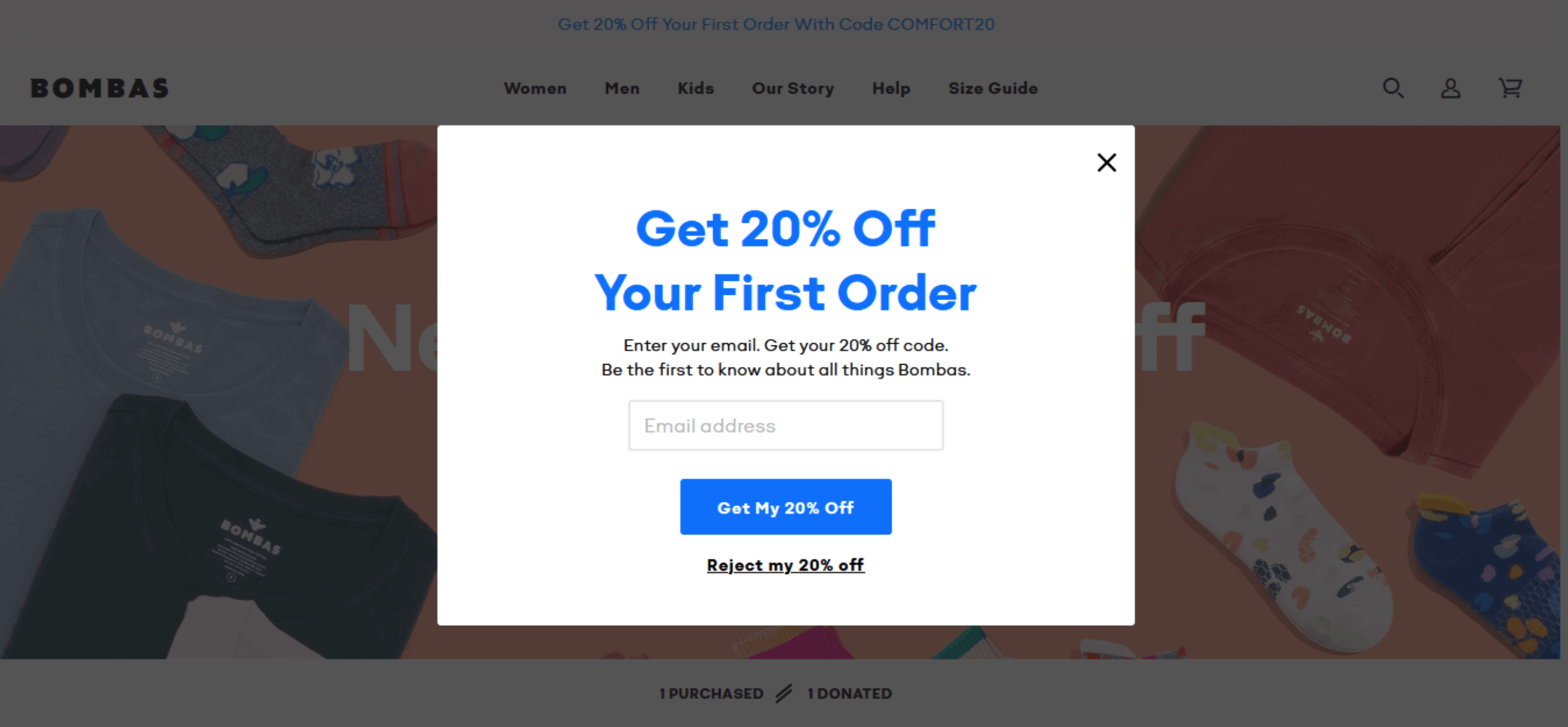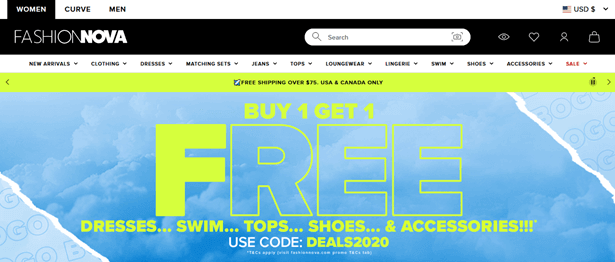Top 8 Ideas To Decrease Shopping Cart Abandonment Rates
Top 8 Ideas To Decrease Shopping Cart Abandonment Rates –
The sky high shopping cart abandonment rate for e-commerce can be a challenge for people who work in e-commerce and online business. The cart abandonment rate on smartphones is as high as 78%, according to a report cited by Mediapost. With mobile shopping becoming the norm, it is important to reduce shoppers leaving their carts. Challenges can be overcome and decreasing cart abandonment rate is something you can start to achieve with these 7 actionable ideas.
1. Free shipping should be a top priority –
Even celebrities want free shipping!!
Free shipping can feel like the elephant in the room for e-commerce businesses. Amazon has made consumers expect free delivery as the default option thanks to free two-day shipping with Amazon Prime, the company’s membership service. Walmart also offers free two-day shipping for certain items on their website once you spend $35. With two of the biggest names in online retail offering free shipping, e-commerce brands need to do the same to lower the chance of visitors not buying from them.
Making consumers pay for shipping will lead to higher cart abandonment rates. You don’t have to offer shipping for every product on your e-commerce store. You can choose a minimum spend amount for customers to hit until they qualify for free shipping. Delivery needs to be subsidized (wholly or partially) by e-commerce brands to retain orders that would otherwise be lost if customers had to pay for delivery.
Also Read – 5 Important Steps To Save Money While Shopping Online
2. Create a sense of urgency that cannot be ignored –
Making a visitor feel like she or he has to buy something now is not easy but several e-commerce websites achieve this by tapping into what their visitors want, instead of putting their conversions first. By making a purchase feel important that it needs to be done today, this will help to decrease cart abandonment rates. An excellent example of urgency and the need to buy today is fashion e-commerce brand, Pretty Little Thing.
The screenshot above highlights an effective strategy to create urgency by showing how many website visitors have viewed this item. This creates FOMO (Fear of Missing Out) and this is where cart abandonment rates can be lowered significantly because shoppers want to make the purchase to avoid missing out on something that other people want.
By writing ‘Popular’ in all capital letters, it captures the attention of the shopper instantly and it taps into the need to be part of a ‘tribe’ or ‘team’. This is a clever tactic that encourages the shopper to follow through with the entire purchase without leaving the cart because no one likes the feeling of being left behind. Pretty Little Thing achieve this without overly heavy graphics or pop-ups which makes this approach seamless.
3. Checkout pages with designs that convert –
Long-winded checkout processes make shoppers run for the hills and leave your e-commerce store as fast as they arrived.
How do you fix this? Design your checkout process so it fits on one page only.
A checkout process that fits on one page will solve this by making it simple and easy for e-commerce store visitors to buy. An example of how to do this comes from ASOS, an online clothing retailer.
As you can see from the screenshot above, the checkout page from ASOS is one page only with all relevant information about shipping, discount codes, payment and other details. ASOS have achieved this by using drop down menus efficiently across the page and keeping the design easy to digest with a simple color palette.
This reduces the friction that would exist causing a shopper to abandon the cart because everything can be done on one page without having to waste time to go to another page. If you currently don’t have a one-page checkout process, start implementing this today to see an improvement in your online shopping conversions.
Another element you can add to your checkout page to decrease cart abandonment is allowing shoppers to checkout with PayPal without registering up front. Look at this example from Pretty Little Thing below:
PayPal Checkout connects to PayPal OneTouch if your shoppers are already logged into their PayPal account. PayPal OneTouch allows users to pay instantly by saving login details for a set period of time.
PayPal has a conversion rate of 87.5% compared to other payment options such as Visa Checkout, according to a comScore report cited by The Motley Fool. By offering this checkout option, shoppers who don’t want to input their credit card details again on a new website can buy faster with PayPal.
4. Don’t require shoppers to register –
E-commerce companies that require visitors to register are creating an obstacle that does not need to exist. Website loading times have been shredded to seconds. By the time your website loads, you don’t want to lose your visitors’ attention by forcing a registration upon them if they are trying to buy an item. Let shoppers buy items as guests. You can still collect email addresses to do email marketing and to send order confirmation emails.
An example of a checkout page with guest registration shopping is this one below from Yeti, a leading consumer products brand.
By having both options for registered online shoppers and guests, Yeti takes away the ability for a shopper who has already added items to their cart to abandon it. Instead, they click on the ‘’checkout as a guest’’ option and process their order.
5. An automated email campaign is the elixir to cure shopper abandonment –
Some shoppers will go through several steps on your website. They will add items to their cart. They will register as well so you have their email address or checkout as a guest. When they abandon their carts, you have options to rescue the sale. One of the most effective approaches is using email marketing cadences to send reminder emails. After someone abandons the cart, send an email with excellent copy writing that reminds them that the cart has been abandoned and that the products they wanted are still available.
Some people abandon carts because they are busy looking at other browser tabs. Other people abandon shopping carts because payments fail or they need to use another card that they have not registered in the payment section of the checkout. Regardless of the reason, your emails should simply remind customers that their cart is waiting for them. Don’t send too many emails. Try and create an automated email marketing campaign that is persuasive. Well-written emails can recoup sales that were lost initially to cart abandonment.
6. Don’t forget about ‘Buy Now, Pay Later’ payment options –
Buy now, pay later financing options have changed how online businesses operate. Over one third of US consumers have used a buy now, pay later service, according to a survey by The Ascent, a research arm of The Motley Fool.
The growth of pay later financing means more consumers expect to see popular companies in this space such as Klarna, Clear Pay and Affirm alongside common payment options such as Visa, Mastercard, American Express and PayPal. If you are trying to grow your online business and you have a B2C business in particular, don’t lose out on customers who prefer the convenience of buying now and paying later.
7. Use promotions and discount codes to entice shoppers to buy today –
Bonobos, a men’s clothing retailer, is an excellent example of how to use promotions on an e-commerce homepage to increase sales for the same day.
On this homepage, Bonobos are focusing on 2 distinct promotional offers that are visible in the top half of the homepage. You can see each one shown by the arrows in the screenshot. The 25% off promotional offer is strategically located next to the sign in link and shopping cart. This offer is probably targeted to regular Bonobos shoppers who have already registered with the website.
The 40% promotional offer is more likely targeted to new visitors who arrive on the landing page and it has a Shop Now link that is underlined to capture attention and encourage sales. By having two different offers, Bonobos is ensuring that they are targeting all segments of their customer base from one-time shoppers who arrive on the homepage to loyal customers who have their own registered profiles.
In a world where customers’ attention is hard to get, using promotional offers is a smart tactic to decrease cart abandonment rates because shoppers will want to take advantage of offers so they don’t miss out on them. These promotional offers need to be created with the customer at the forefront to ensure success.
Fashion e-commerce brands like to offer different promotions that are varied in how they work. One way you can get immediate sales that don’t get abandoned during the checkout process is to offer promotional offers to new customers. A brand that has done this well is Bombas, a popular sock brand.
Bombas have a pop-up form for new customers to get 20% off. You have to enter your email address to redeem the offer. I like this approach because it makes shoppers want to buy today and it eliminates the idea of postponing shopping for another time. You want to keep your shoppers engaged and staying on your website. A promotional offer in the form of a pop-up gives e-commerce stores a higher chance of converting visitors into paying customers.
You can also use discount codes instead of promotional offers to retain more shoppers and to increase the size of the cart. Try something similar to the example below from Fashion Nova, an online fashion retailer.
This example offers a discount code for a specific promotion. Discount codes are popular with shoppers and they can make people want to buy more products especially if they know that the discount codes are going to expire soon.
You can use discount codes to decrease shopping cart abandonment by offering a variety of different codes and retiring them often. This creates excitement of seeing what discounts are available and it encourages shoppers to take advantage of the codes when they see them and to buy immediately to avoid missing out on popular offers.
8. Stay focused on increasing conversions for your online business –
Building a successful online business requires understanding the behaviors of how people shop online. These 7 ideas can help you optimize your e-commerce business by significantly lowering your cart abandonment rates. An added bonus is the increase in brand equity you will see. E-commerce is a competitive market that requires constantly tweaking and making changes to your strategy to ensure that you continue to decrease cart abandonment and increase conversions. With these ideas today, you will be on the right track to making your online business successful.
Some Extra Tips You Need To See –
Check out these extra tips to reduce abandonment rates even more –
- Offer every payment option available: Even if you do not use a specific payment gateway, it does not mean that other consumers are not interested in seeing it. Offer every option that consumers want to see. In e-commerce, payment platforms such as Visa, MasterCard, American Express and PayPal create trust between e-commerce stores and shoppers. If e-commerce visitors sees PayPal or Visa is missing for example, even if they want to buy from you, if you don’t offer the payment gateway that they are used to, they will not buy from your store and they will abandon your cart.
- Have a customer-centric approach to communication: An e-commerce store that does not have email or live chat support is not a store that will see high conversion rates. People want to feel like they can trust your business. If you don’t have a visible email address or live chat while people are shopping on your website, you leave your store at the risk of losing sales. Live chat is a good way to ensure that shoppers don’t abandon their carts because if they have questions during the checkout process, customer support agents can answer them using live chat support while people are online.
Author Bio –
Jet Saini is the owner of DripDigital.com – a popular Digital Marketing blog that publishes detailed tutorials that focus on helping people to build and run a successful online business. He started his blog in 2018 and since then has helped hundreds of people reach their marketing, blogging, and SEO goals.
Also Read – Future of E-commerce And Online Shopping in India


